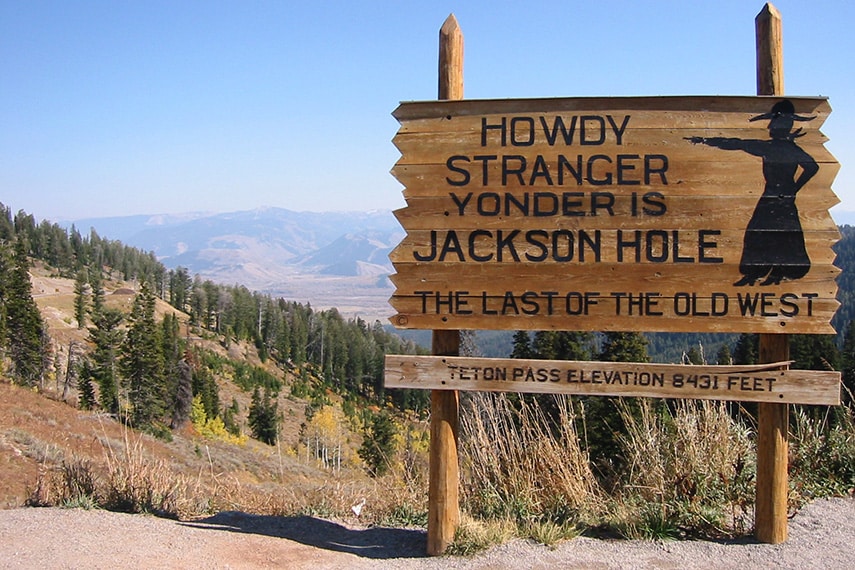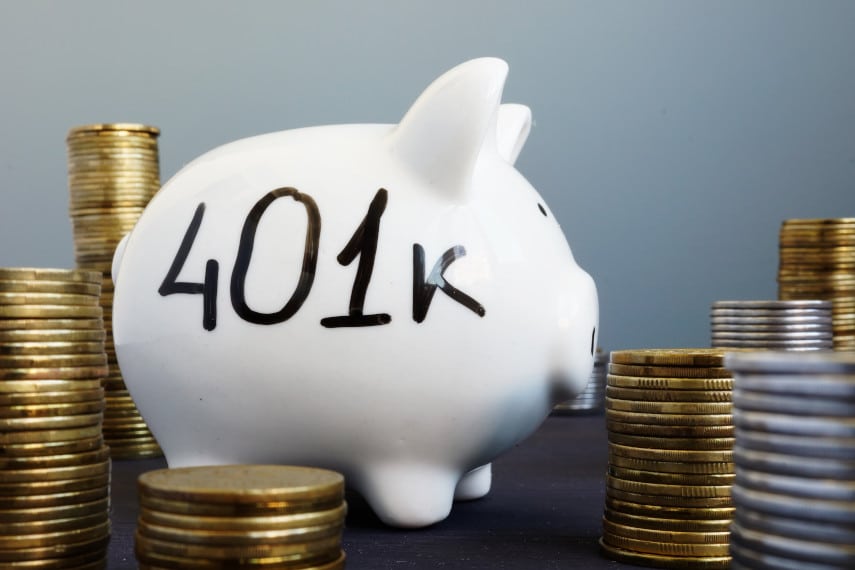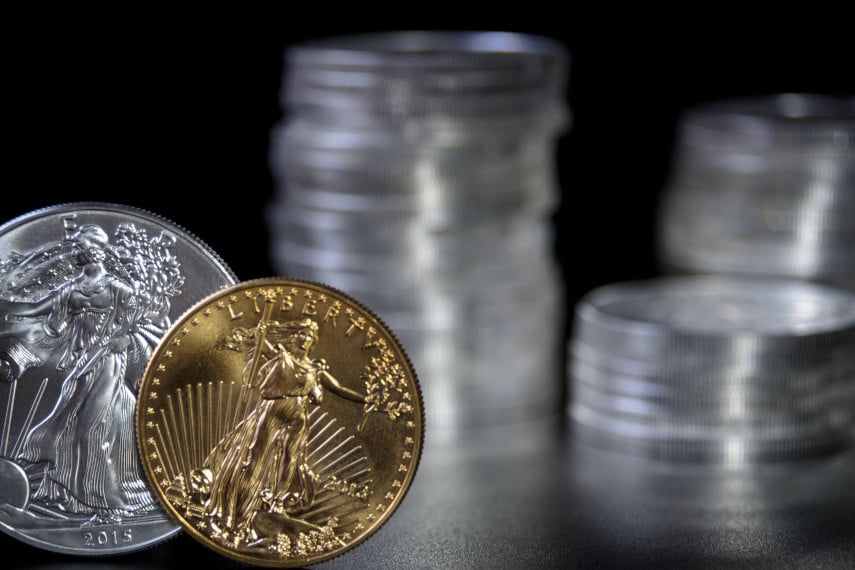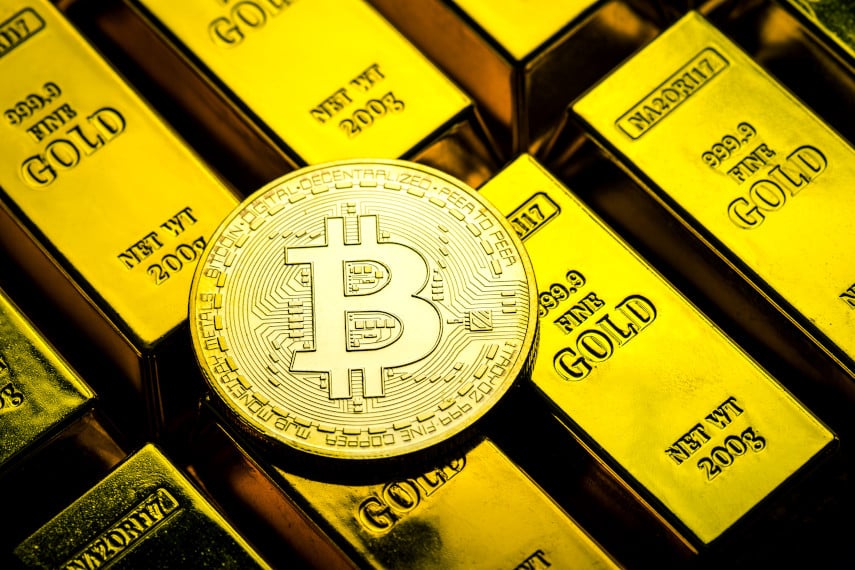
Fed Chairman Jay Powell’s speech at this year’s Jackson Hole monetary policy summit should serve as a major warning to investors. Powell pledged that the Fed would “do what monetary policy can do to sustain the expansion,” an indicator that the Fed intends to double down on its previous policy mistakes and is set to unleash even more monetary stimulus if it deems that to be necessary.
A large part of the Fed’s inability to see what it going on in the economy is due to its dependence on macroeconomic data. The Fed has consistently stated that its monetary policy moves will remain “data dependent,” i.e. relying on data such as unemployment numbers, GDP growth, consumer price inflation, etc. But the problem with relying on those numbers is that they are manipulated both at the macro level through government fiscal and monetary policies, and at the micro level through statistical smoothing to make things appear better than they are.
In Powell’s speech he made reference to the guiding “stars” of monetary policy, namely u* and r*. U* is the estimated natural rate of unemployment, and r* is the estimated neutral real rate of interest. But estimating these figures requires the Fed first to look at unemployment and interest rate numbers as they exist today and then estimate what the the natural rates are.
The Fed’s monetary policy has an effect on unemployment, as monetary inflation and low interest rates spur businesses to engage in economic activity, take on higher levels of debt, engage in more capital-intensive projects, and hire more workers. The Fed also plays a direct role in suppressing interest rates, as its efforts to move the federal funds rate have a knock-on effect on interest rates throughout the economy. Thus the Fed’s attempts to glean u* and r* from incoming macroeconomic data have it looking at data that is already affected by Fed monetary policy.
That means that the Fed is stuck in a feedback loop and can’t possibly judge actual market rates of interest naturally. Just look at the Laubach-Williams measures of r* and you see that the curve looks suspiciously similar, if not outright identical to the federal funds rate. That’s not surprising, as market interest rates react to the federal funds rate. Does anybody actually believe that, if the Fed were to magically disappear overnight, the natural rate of interest would be under one percent?
This delusional thinking makes it clear that the Fed remains out of touch with what is actually going on in the economy. Its inability to see what is going on, plus its determination to keep the expansion (i.e. bull market in stocks) going are a clear warning that we’re on the cusp of yet another major recession that will devastate markets and provoke a major Fed policy response.
Just like in 2008, investors need to start looking ahead and taking steps to protect their assets. Investing in gold is one of the best ways to do that, as gold will take off once stock markets collapse. All the warning signs are there urging investors to secure their portfolios. Now it’s on them to take action to make that happen.
Image: Dhtrible at the English language Wikipedia






